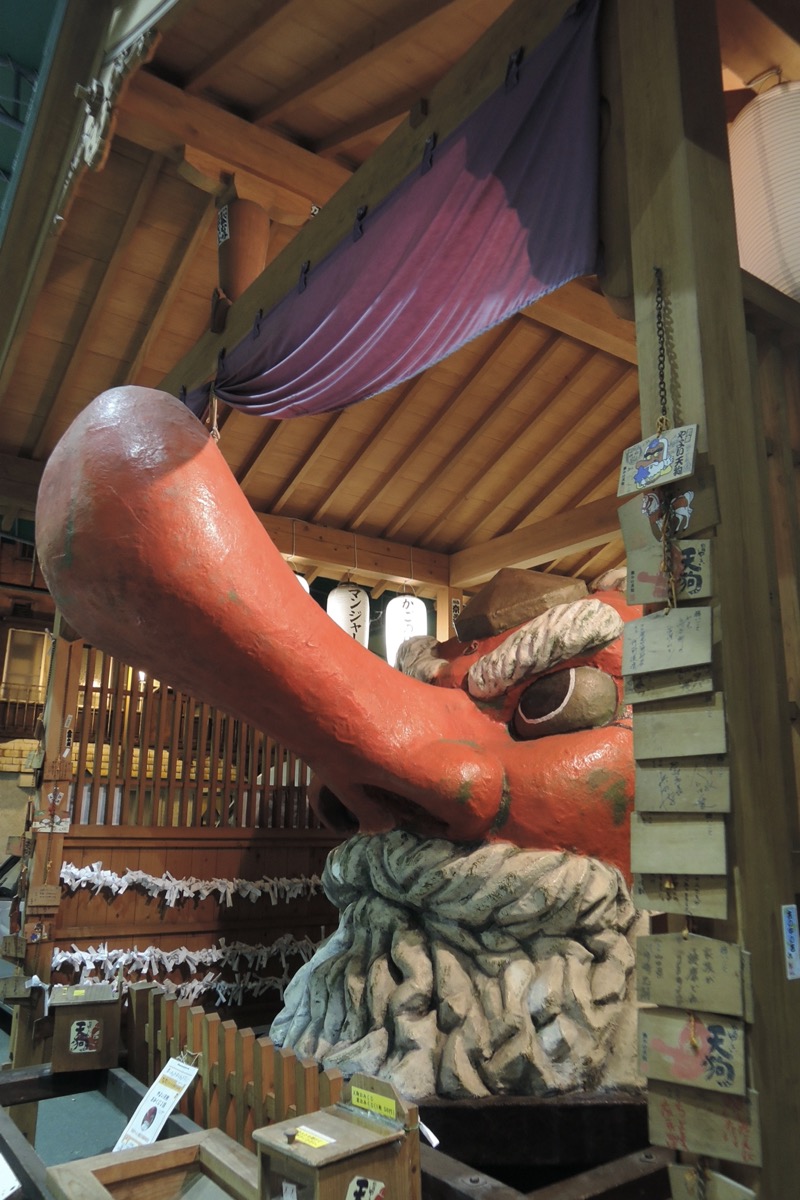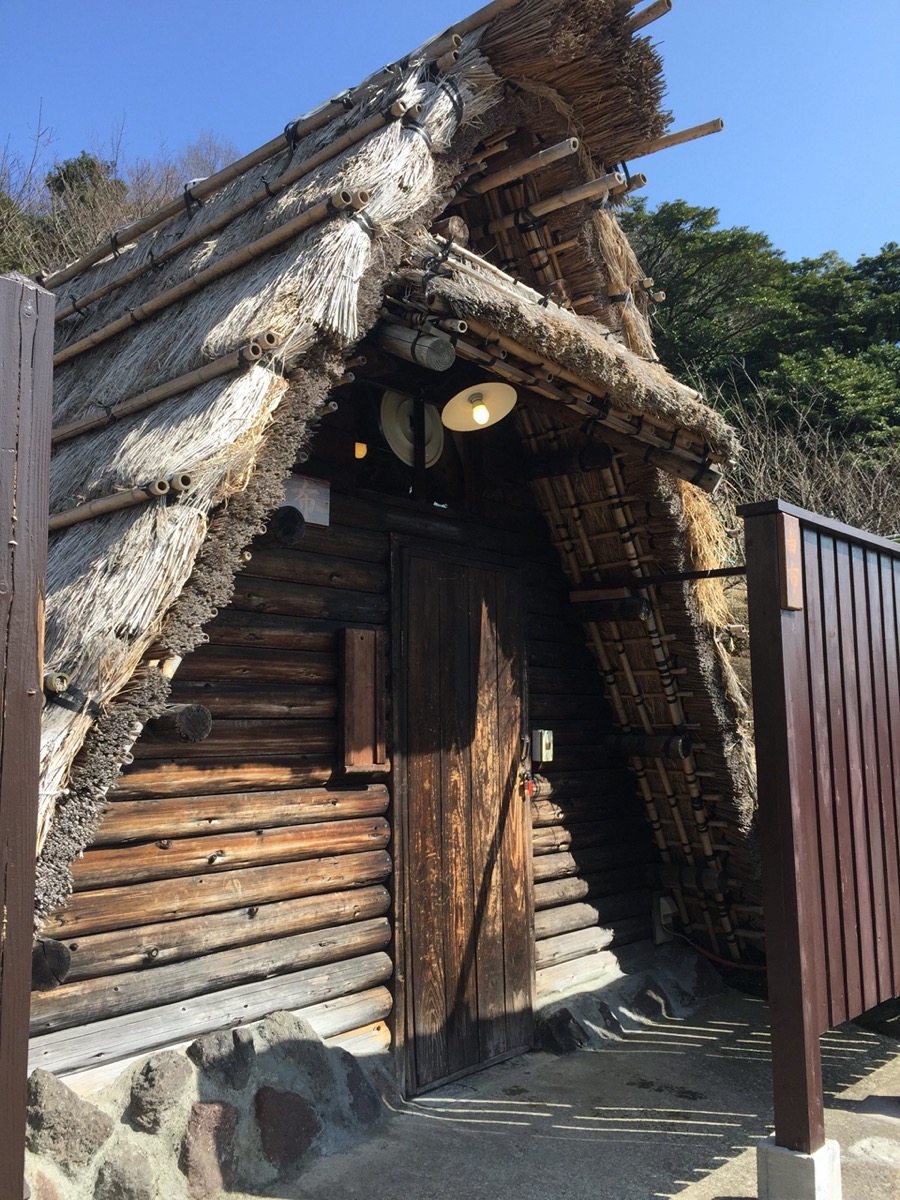continued from Part 1.
湯布院 or 由布院 Yufuin has 2 versions of its name, one is for the district and one for the town, but I have the impression that no one differentiates between the two anymore.
On the third day of our trip, we rented a car. First thing in the morning after breakfast, we went to see plum blossoms (ume 梅) at Minami tateishi park 南立石公園. It was a gorgeous day, and they were flowering quite nicely.
Next, we drove to Yufuin. Warning: Yufuin is NOT as rural or quiet as you may be led to believe! We were a bit surprised how busy it was (not in the least bit rural like many people claimed), but rather a bit touristy… but again, it was still fun, and it was nice to see it so lively. We walked around for a bit and then went to Cafe Duo, where your coffee drinks come with latte art– so cute! I got a Hello Kitty, my husband a bear. They even give you the design tool so you can add your own bit at the end.
We continued walking the tourist streets and around to the lake, Kinrin 金鱗湖. Along the street I got some sort of crunchy manjuu, which was wonderfully tasty. For lunch we decided to try the soba restaurant by the lake, where we split a soba, tsukemono (Japanese pickles) assortment plate and some yuzu inari. Very good, indeed. While Yufuin town was nice albeit not what I was expecting, I did not want to deal with an overly crowded onsen, so we decided to head out of town a bit and see what we could find. After all, we are in a famous onsen area, I want to try something a bit more local.
We came to Tsukahara onsen 塚原温泉, a highly acidic (pH 1.4!) onsen in the mountains, supposed to be good for skin disease. The onsen itself is called kako-no-izumi. Now this was a quiet and secluded place, for local-type tourists. My husband was asked by a gentleman who happened to speak English in the bath how we came to find the place, as it is well-known to Japanese, but not necessarily most foreigners. Honestly, we just noticed it on GoogleMaps as we were leaving Yufuin and as I remembered hearing the name before (probably in the Japanese magazine about Oita), we decided to give it a go.
You could choose the inside or outside bath; the fee 600yen for the outside (you could get a combo ticket for both). No soaping/etc allowed here, just rinse and get in. This is because of the high acidity. Again, the changing area was small and had a few baskets to hold your clothes and personal effects. The view surrounding the bath was amazing, and more of what I expected to see.
Tsukahara onsen was discovered by Minamoto no Tametomo in the Heian period while he was hunting deer. They steam eggs here as well, so definitely try them. You can also visit crater for an additional 200 yen.
After feeling refreshed, we visited the last 2 hells in Beppu. Since we already had paid for our pass, it was quick to go through.
It was time to return the rental car, which was luckily right next to our hotel as well. From here it was dinner time so we checked out an izakaya down the street from the station. This one had a nomihoudai 飲み放題 (all you can drink) plan for a reasonable price. The food was actually really good, much better than the night before, so we left very happy.
Sadly, on the 4th day, it was time to return to Fukuoka and catch our flight back home. We bought some omiyage お土産 at the Beppu train station before the 2-hour ride. Back at Hakata station, we had some time for shopping and a lunch at an Italian restaurant on the 9th floor called Esse Due, which turned out to be very good. Overall, we have had some really good food in Fukuoka (and Kyushu for that matter)!
imgur:








